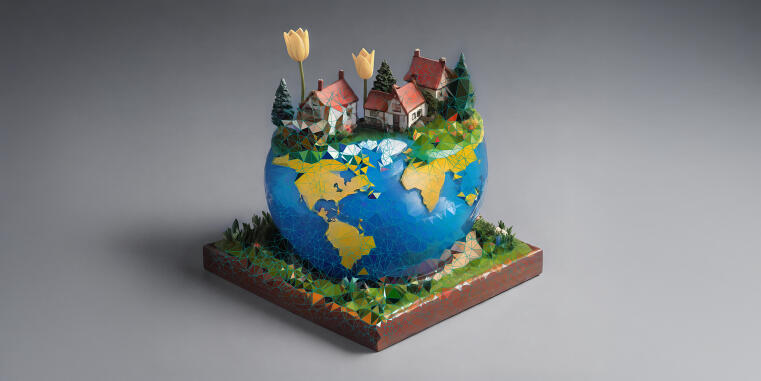

On Monday, 20 October 2025, Prof. Dr. Keisuke Takayasu (Osaka/Japan) gave his Fellow Lecture on the topic “How Nonprofits Are Using NFTs to Foster Cultural Democracy”.
Although NFTs are often regarded as tools for profit-making, they hold the potential to transcend this role by creating new spaces for minority self-expression and acting as platforms of recognition that bridge communities both within and beyond those directly involved. Drawing on examples from nonprofit initiatives in Japan, the lecture explored how cultural democracy can be advanced through the expansion of cultural participation via digital technologies, and considered the potential of NFTs to contribute to a form of digital welfare. This lecture also pointed out that today’s designers are asked not so much to directly show their own creativity, but rather to create attractive spaces where people can be creative themselves.
In Japan, up to the present day, craft-making has been active in welfare facilities for persons with disabilities as part of employment support programs. Beyond simple manual tasks, there has been a growing number of cases in which drawings created by persons with disabilities are incorporated into craft designs. The Good Job! Center is one such welfare facility that actively embraces new technologies, such as by producing papier-mâché using 3D printers. Its initiative, the Good Job! Digital Factory, seeks not only to create employment opportunities for persons with disabilities in digital spaces through the sale of NFT works, but also to attract people who previously had little interest in such initiatives, thereby fostering the formation of inclusive communities.
Prof. Dr. Keisuke Takayasu is a professor of aesthetics at Osaka University (Japan), vice-dean of its School of Letters and its Graduate School of Humanities as well as president of the Japan Society for Design. He specialises in aesthetic and ethical issues in various fields of design, from architecture to visual communication. One of his research areas is ‘social’ design with the aim of redefining design history while capturing the transformations in contemporary design practice.

